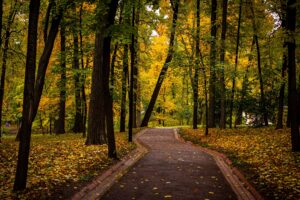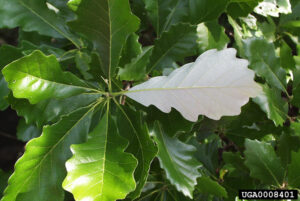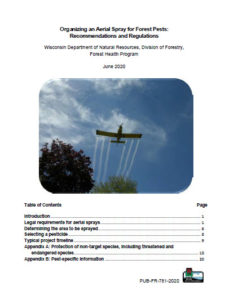The Sustainable Forestry Initiative (SFI) is seeking input from the urban-forestry community to understand the value and challenges facing urban forests, and gauge interest in the development of an urban forestry standard. To assist with this, please complete this 13-questions survey which will take no more than 15 minutes of your time.
https://www.surveymonkey.com/r/SFISurveyUrbanForestry
To learn more about this initiative, you can view a webinar SFI conducted on June 9th to explore this opportunity.
Please respond to this survey by August 28, 2020. For queries about the survey, please email Jason.Metnick@SFIprogram.org.

 As the hilarious, award-winning
As the hilarious, award-winning  This year, as families all over the country spend more time at home, we have been given the opportunity to appreciate the fresh air that we can enjoy on our own back porches and front stoops more than ever. Trees are a significant factor contributing to the quality of the air we breathe.
This year, as families all over the country spend more time at home, we have been given the opportunity to appreciate the fresh air that we can enjoy on our own back porches and front stoops more than ever. Trees are a significant factor contributing to the quality of the air we breathe. 



 Recognizing that trees and vegetation are among the features that make communities special places for residents and visitors, American Transmission Co. will continue funding for planting projects in communities in its service area through its Community Planting and Pollinator Habitat programs.
Recognizing that trees and vegetation are among the features that make communities special places for residents and visitors, American Transmission Co. will continue funding for planting projects in communities in its service area through its Community Planting and Pollinator Habitat programs.